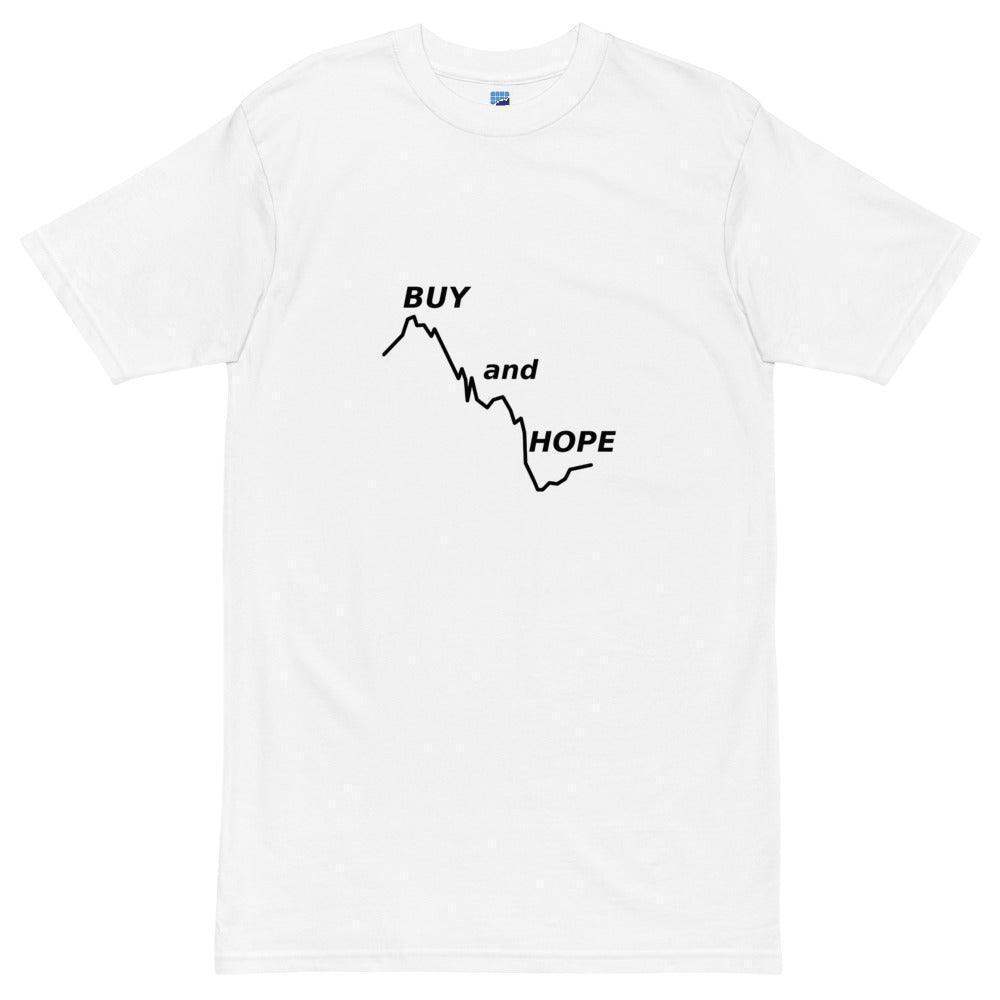
Relationship Between Trading Risk & Return
Risk-Return Tradeoffs
Trading in financial markets can be highly rewarding, but it also involves inherent risks. To succeed as a trader, it's vital to understand the risk-return tradeoff thoroughly. This concept governs the relationship between the potential gains and losses associated with an investment.
The risk-return tradeoff is a fundamental principle in finance that outlines the direct relationship between the level of potential risks and the expected returns from an investment. In simpler terms, it means that higher returns are usually accompanied by higher risks, while lower risks often lead to lower returns. To make informed trading decisions, traders must strike a balance between risk and reward based on their risk tolerance, investment goals, and market conditions.
Risk Tolerance
It's crucial to assess your risk appetite and risk tolerance. Risk appetite refers to the level of risk you are comfortable taking, while risk tolerance measures your ability to handle the ups and downs of the market without compromising your financial stability. Understanding these factors will help you choose appropriate trading strategies that align with your risk profile.
Types of Risk
Trading exposes investors to various types of risks. Market risk refers to the potential losses due to overall market fluctuations, while specific risk arises from factors unique to an individual security or asset. Additionally, credit risk, liquidity risk, and operational risk are among the other risks traders should be aware of. Identifying and understanding these risks is essential for managing and mitigating potential losses.
Diversification
Diversification is a crucial risk management technique that involves spreading investments across different assets and markets. By diversifying your portfolio, you reduce the impact of any single investment's performance on your overall wealth. This strategy helps minimize losses during market downturns and enhances the potential for long-term returns.
Volatility & Beta
Volatility and beta are two essential metrics used to assess risk in the financial markets. Volatility measures the degree of price fluctuations in an asset, while beta compares an asset's volatility to that of the overall market. Understanding these measures will enable you to gauge the riskiness of your investments accurately.
Leverage
Leverage is a powerful tool that allows traders to control larger positions with a smaller capital outlay. While leverage can amplify returns in a favorable market, it also magnifies losses if the market moves against your position. It is crucial to use leverage judiciously and avoid overexposure to risk.
Risk Management
Successful traders employ various risk-management strategies to protect their capital and optimize returns. Stop-loss orders, which automatically sell a position when it reaches a predetermined price, help limit losses. Additionally, position sizing, setting risk-reward ratios, and using trailing stops are essential risk-management techniques every trader should master.
Time Horizon
The length of your investment time horizon significantly impacts the level of risk you can tolerate. Short-term traders seeking quick gains may expose themselves to higher risks, while long-term investors can weather short-term market fluctuations with a more extended time horizon.
Market Sentiment
Market sentiment refers to the overall attitude of investors towards a particular market or asset. Positive sentiment can lead to bullish trends, while negative sentiment may trigger bearish trends. Being aware of market sentiment helps traders assess potential risks and opportunities more effectively.
Historical Performance
Studying the historical performance of assets can provide valuable insights into their risk characteristics. Analyzing past price movements, volatility, and correlations with other assets can help traders make informed decisions based on historical patterns.
Biases
Emotional biases, such as fear, greed, and overconfidence, can cloud judgment and lead to irrational decision-making. Understanding and managing these biases are critical for maintaining discipline and objectivity in trading.
Hedging
Hedging involves using financial instruments to offset potential losses in an investment. Options, futures, and other derivatives are commonly used for hedging purposes, providing traders with an additional layer of protection against adverse market movements.
Risk & The Markets
The financial markets are dynamic and ever-changing. Regularly monitoring and adjusting your risk-return profiles are essential to align your trading strategies with current market conditions and evolving investment goals.
A well-structured trading plan should incorporate risk management as a central pillar. Outline your risk tolerance, diversification strategy, leverage limits, and specific risk-reduction techniques in your plan to enhance your chances of success.
Different markets, such as equities, commodities, forex, and cryptocurrencies, offer varying risk-return profiles. Understanding the nuances of each market is vital for balancing risk and potential rewards effectively.
Systemic Risk
Systematic risks are inherent to the entire market and cannot be diversified away, while unsystematic risks are specific to individual assets and can be mitigated through diversification. A comprehensive risk assessment must consider both types of risks.
Research & Analysis
Informed decision-making in trading requires thorough research and analysis. Utilizing fundamental and technical analysis helps traders identify potential opportunities while gauging associated risks.
Conclusion
Mastering the risk-return tradeoff is paramount to becoming a successful trader. By evaluating your risk appetite, understanding different types of risks, and implementing robust risk-management strategies, you can navigate the complex world of trading with confidence. Remember that patience, discipline, and continuous learning are the keys to thriving in the dynamic financial markets.





Leave a comment
This site is protected by hCaptcha and the hCaptcha Privacy Policy and Terms of Service apply.